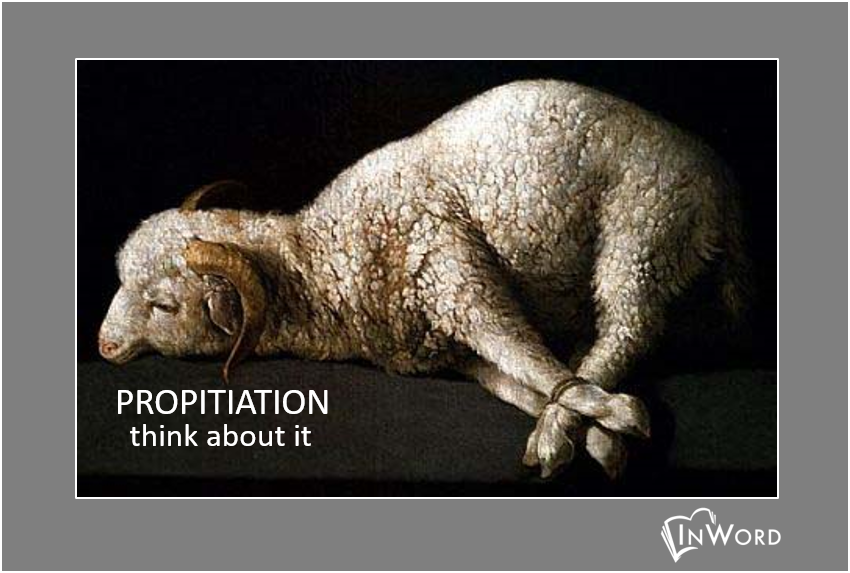
While the Passion Week had its share of physical busyness, Good Friday and Holy Saturday were theologically busy. The moment Jesus uttered those heart-wrenching words, “My God, my God, why have you forsaken me?” is the moment Jesus bore the weight of the sin, a weight so grievous that even God had to turn away. It’s like God had set a trap for sin and sin took the bait. The bait of course, was Jesus. But once the trap had been sprung and Jesus and sin were buried, it looked to Jesus that there was no way out. God and the getaway car had left. It was that bad. And it had to be that bad to give us the gift of salvation we get to enjoy today.
We have no way of knowing what took place in the span of time between Jesus giving up His Spirit and God raising Him from the dead. We do know there was a cosmic struggle taking place that enabled sin and death to be conquered, giving us the beautiful concepts that we get to enjoy today: propitiation, atonement, regeneration, and of course, salvation, to name just a few.
With right-clicking and copy/pasting, use the images and notes below, along with your favorite social media outlets, to lead your students on a reflective journey through the words of Good Friday and Holy Saturday.
 |
Forsaken:
The theological gears were already moving when Jesus uttered the words “My God, my God, why have you forsaken me?” The words were so raw and guttural that both Mark and Matthew left them in their original language of Aramaic and Hebrew. Innocent Jesus accepted our sin and watched God turn and walk away. |
 |
Propitiation:
It’s likely the least understood of all the big theological words (certainly the least used) and yet it’s the word that affects our day to day lives more than any other words. Jesus’ death fulfilled and replaced the sacrifices of the Old Testament law. The concept is rooted in the idea that it takes a sacrifice to remove the barrier between God and man created through sin. Jesus provided propitiation once and for all. Lamb of God, Francisco de Zurbaran (1598-1664), “Agnus Dei” (1635-40) ,Canvas 38 x 62 cm. Museo Nacional del Prado, Madrid. |
 |
Atonement:
The status of the relationship between God and man achieved through propitiation is atonement, or as it’s been described, “at-one-ment.” Atonement is the reconciling of estranged parties, in this case, God and man. Through the sacrifice of Jesus, the gap has been bridged. We can be “at one” with God. |
 |
Regeneration:
The word “regeneration” is used sparingly in the New Testament, but the concept is conveyed throughout with the idea of “born anew” or “born again.” Of course, in order to be reborn there must be victory over death. And in order to have victory over death, there must be death. |
 |
Salvation:
The Greek word we translate as “salvation” (soteria) conveys a sense of rescue. In fact, the verb form of the word (sozo) means “to rescue from danger.” Imagine yourself bobbing in a stormy sea, your legs and arms can no longer tread water, your next breath will be full of salty sea. And then a rescue ring is thrown around your arms and you are hoisted to safety. That’s what our salvation is. |